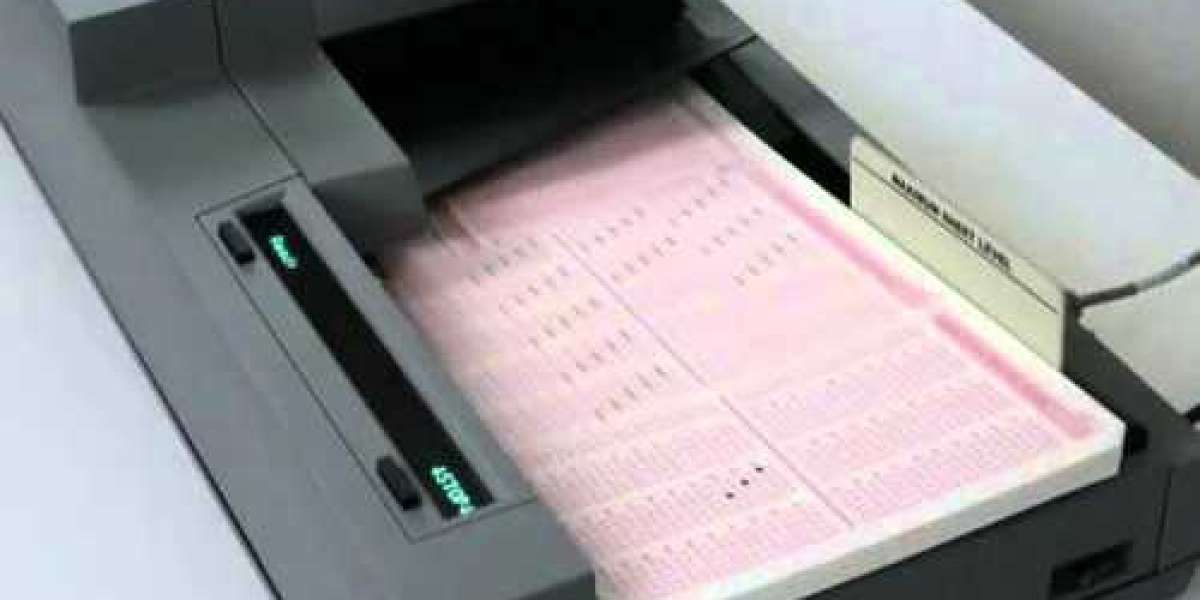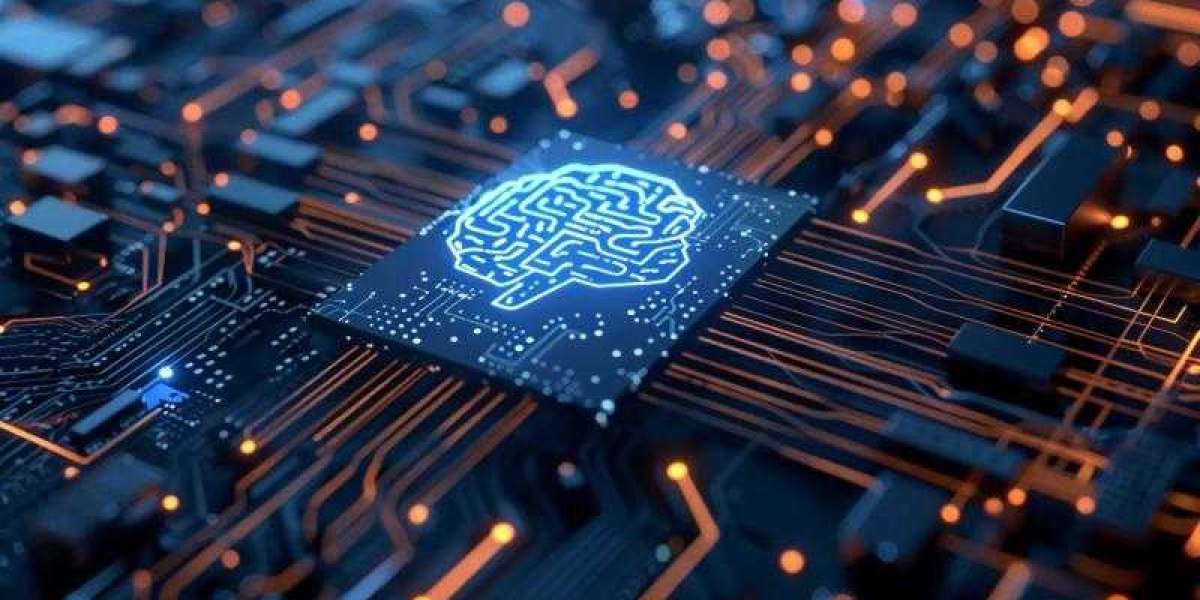In today's data-driven world, businesses and educational institutions are constantly seeking efficient ways to collect and process information accurately. One technology that has proven invaluable in this quest is Optical Mark Recognition (OMR) scanning. OMR scanning simplifies the task of gathering and analyzing data from paper-based forms, surveys, and tests. In this article, we'll explore the significance of OMR scanning and how it can streamline data capture processes.
What is OMR Scanning?
OMR scanning, also known as mark sensing or mark reading, is a technology that detects and reads marks made by respondents on specially designed paper forms. These marks are typically in the form of filled-in bubbles, checkboxes, or tick marks. OMR technology uses optical sensors to scan and interpret these marks quickly and accurately.
Applications of OMR Scanning
Education: OMR scanning is widely used in educational institutions for grading multiple-choice exams and surveys. It automates the grading process, reducing human errors and saving valuable time for educators.
Surveys and Feedback: Businesses and organizations use OMR scanning to collect customer feedback and conduct market research. This method ensures the efficient collection of data from a large number of respondents.
Elections: Some countries utilize OMR technology in election processes. Voters mark their choices on paper ballots, which are then scanned and tabulated electronically, ensuring a secure and accurate vote count.
Healthcare: In the healthcare sector, OMR scanning simplifies patient data collection, prescription processing, and insurance claim forms. This streamlines administrative tasks and improves patient care.
Benefits of OMR Scanning
Speed and Accuracy: OMR scanning can process hundreds or even thousands of forms in a matter of minutes, ensuring quick results with minimal errors.
Cost-Efficiency: Automating data capture with OMR technology reduces the need for manual data entry, saving on labor costs and minimizing the risk of data entry errors.
Data Analysis: OMR software often includes robust data analysis tools, enabling organizations to gain valuable insights from the collected data.
Versatility: OMR forms can be customized for various applications, making this technology adaptable to a wide range of industries and data collection needs.
In conclusion, OMR scanning is a versatile and valuable tool for efficiently capturing and processing data from paper-based forms and surveys. Its applications span across education, healthcare, elections, and market research, offering speed, accuracy, and cost-efficiency. As businesses and organizations continue to seek ways to optimize their data collection processes, OMR scanning remains a vital solution to consider.



